
Connecticut's high-performance school building standards show that the sustainability conversation needn't start or end with LEED.
The University of Arkansas delves into the social side of sustainability.
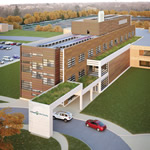
Today's roofs are often expected to bear the weight of physical components that contribute to sustainability efforts. Here's what you need to know when planning for these features.
Lebanon Valley College has found a key to sustainable dining.
The University of Pittsburgh develops in a new academic paradigm.
Sustainability should be a priority when purchasing high-tech equipment.

As 2015 arrives, no one can be sure what the year will hold for higher education. Still, colleges and universities continue to evolve in physical, social, pedagogical, digital and other ways. Here is a sampling of trends worth watching.
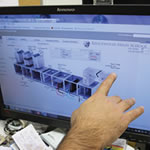
Here's a look at the past, present and future technologies that create intelligent schools.
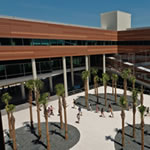
The University of South Carolina is looking long-term at sustainability and the total cost of ownership of its facilities, including the new home of the Darla Moore school of business.
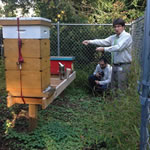
The greenest school around.
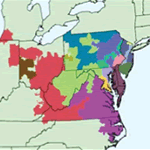
An energy initiative that works for the environment and school divisions.

Kenyon College is seeing thousands of dollars in savings from the installation of a smart thermostat system in its residence halls, and students are appreciating the upgrade.

An innovative installation on the Carrier Dome is diverting rainwater into a usable commodity.
A new bio-based phase-change material is providing HVAC savings.
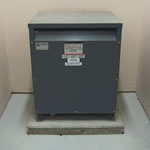
Wasting Energy and Resources, Low Voltage Distribution Transformers (LVDT).
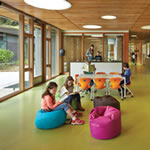
Designing a new K-4 school that is comfortable for young occupants and easy to operate and maintain.